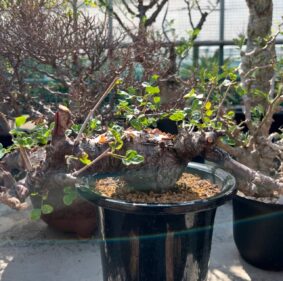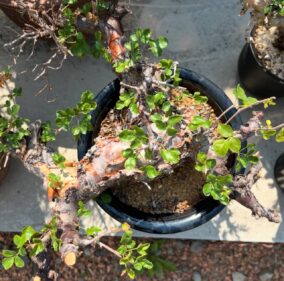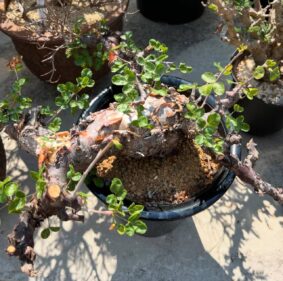- Your cart is empty
- Continue shopping
Discover the benefits and uses of Commiphora boranensis, a rare resin-producing plant valued for its medicinal and aromatic properties. Learn about its habitat, traditional uses, and commercial potential.


| Feature | C. boranensis | C. myrrha | C. africana |
|---|---|---|---|
| Resin aroma | Sweet, earthy | Bitter, smoky | Woody, mild |
| Resin yield | Moderate to high | High | Low to moderate |
| Geographic specificity | Eastern Africa | Arabian Peninsula & Africa | Africa |
| Medicinal use | Wound healing, incense | Antiseptic, embalming | Skin & digestive |
